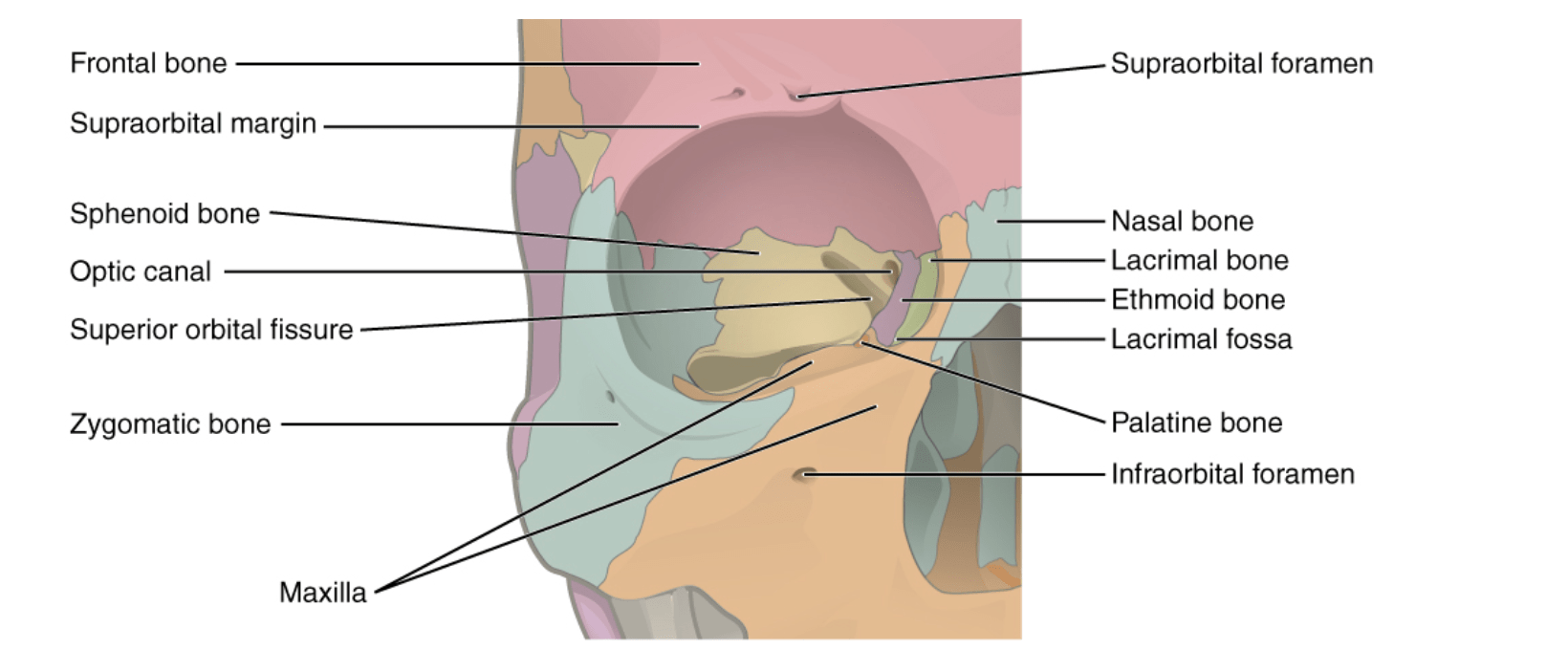Revision Resources
Recent Posts View All
June FOAMed
Guillain-Barré Syndrome

Acute, immune-mediated demyelinating polyneuropathy characterized by an ascending flaccid paralysis and most often preceded by infection.
The Droopy Dribbler

Paediatric cases of Bell’s Palsy are relatively uncommon (6.1/100000 in the age range 1-15 (1)); understandably, witnessing a rapidly developing facial asymmetry in a child will cause worried parents/guardians to rush to see a doctor: could their child have had a stroke?? Will it get worse?? Will it be permanent?? After all, not everyone will have come across Sir Charles Bell and his facial nerve experiments, but thanks to the success of the widely broadcast ‘FAST sign’ adverts, many are aware of facial droop as a symptom of a stroke.
The Limping Child

Elsie is a four year old who has come into the Emergency Department because her parents are concerned that she is not walking. Three days ago she was playing with her aunt and hurt her leg. Since then she has not been weight-bearing and her parents have been carrying her everywhere.
She has been given regular paracetamol and ibuprofen at home for the pain. She has been off her food but is drinking well. She has no diarrhoea or vomiting. Her observations are: RR 18, SpO2 98% on room air, heart rate 89, capillary refill <2 seconds, temperature 37.5oC, GCS 15.
Are you sure you wish to end this session?



